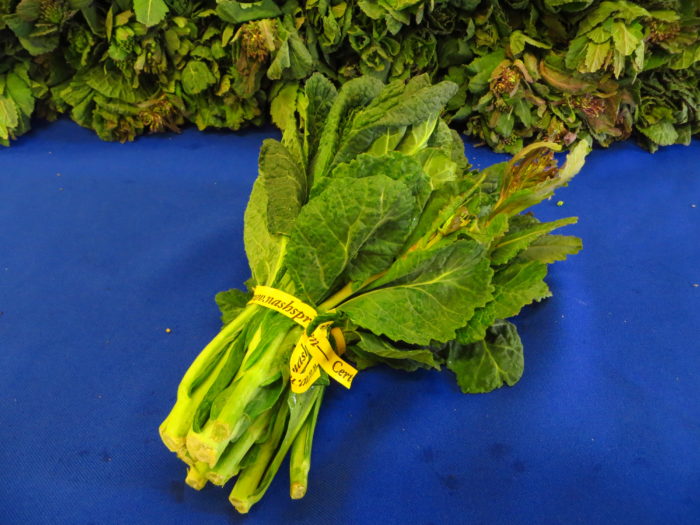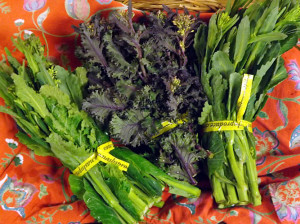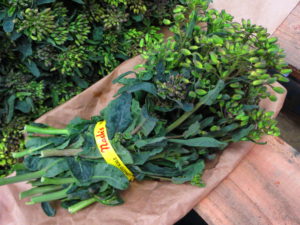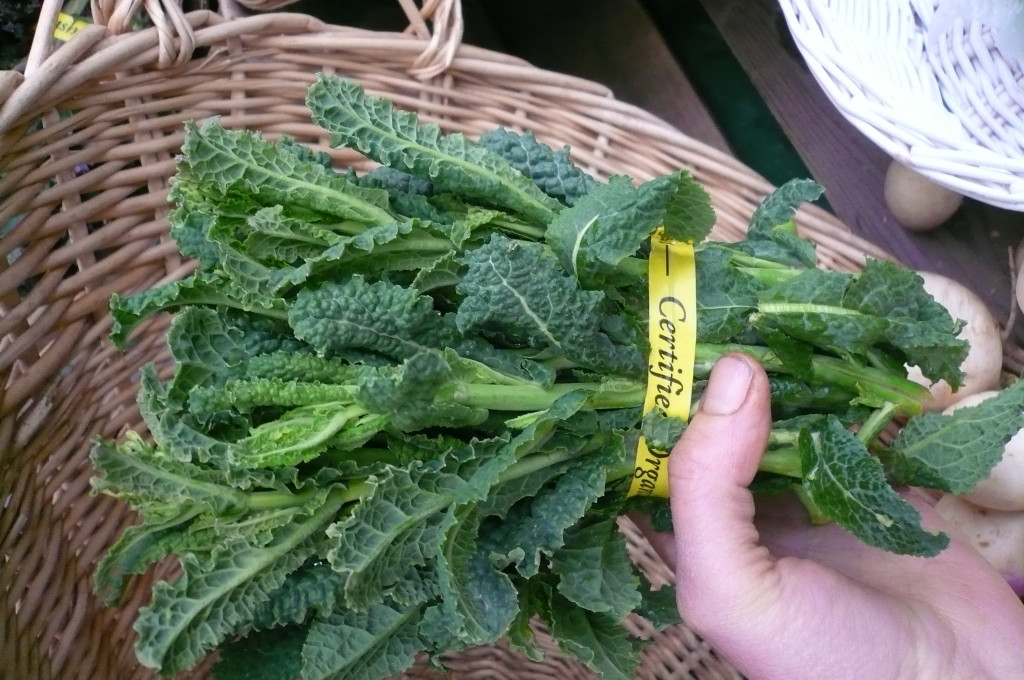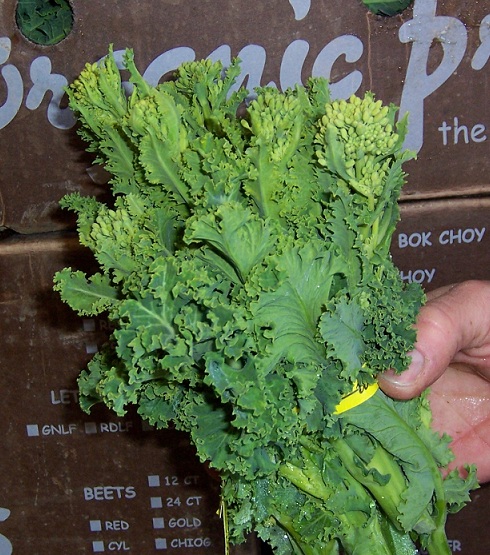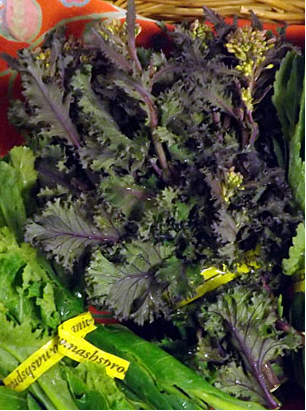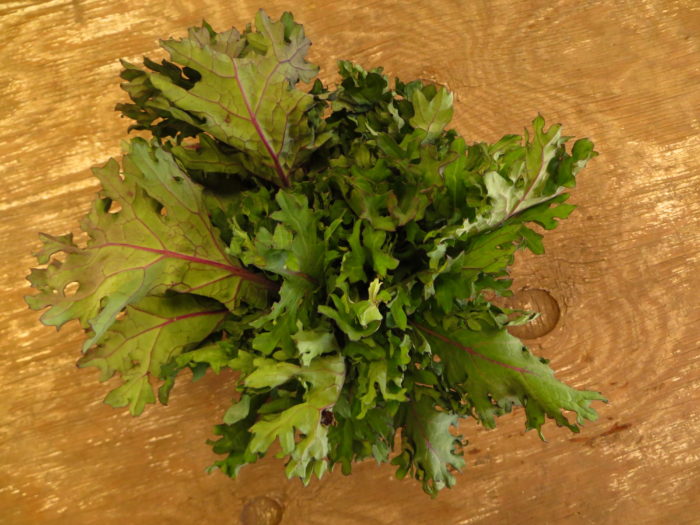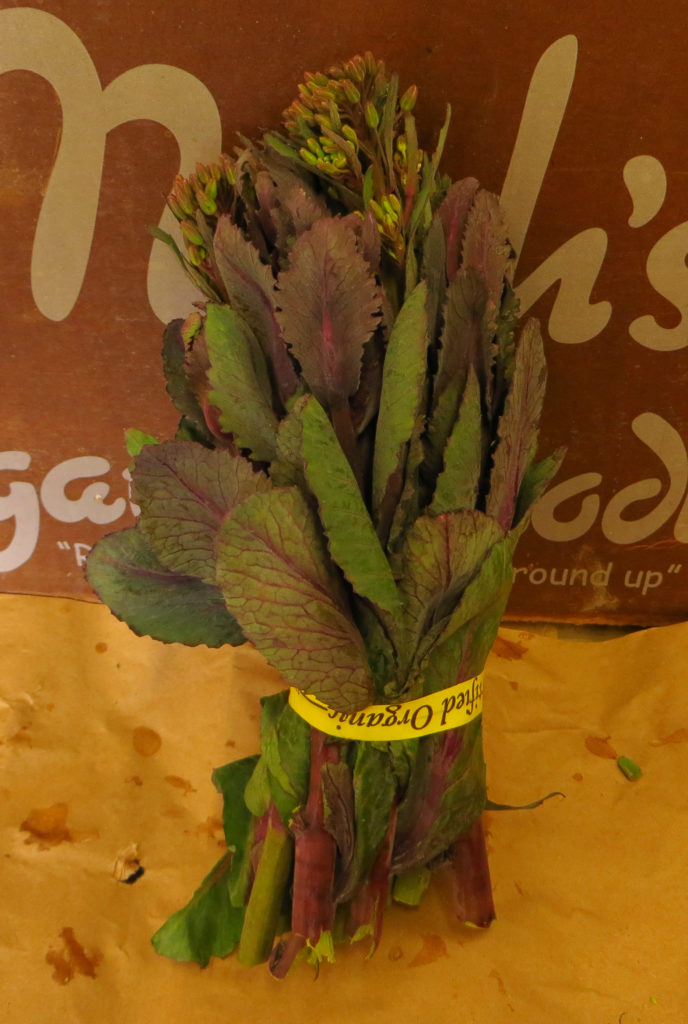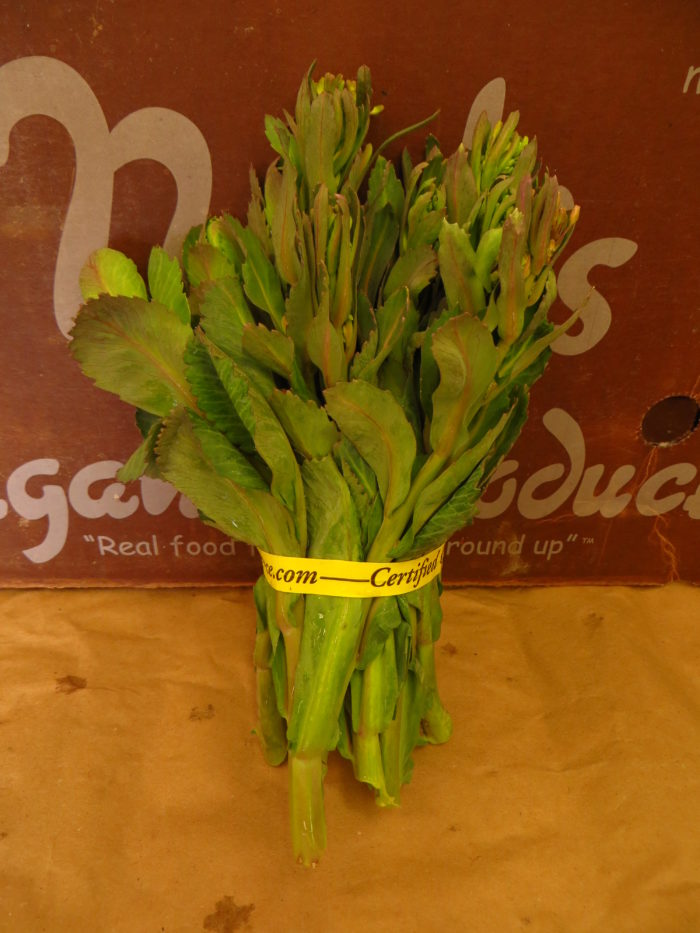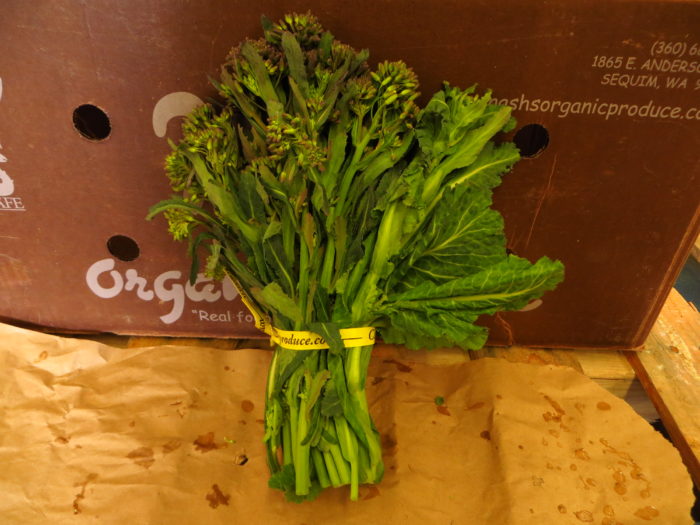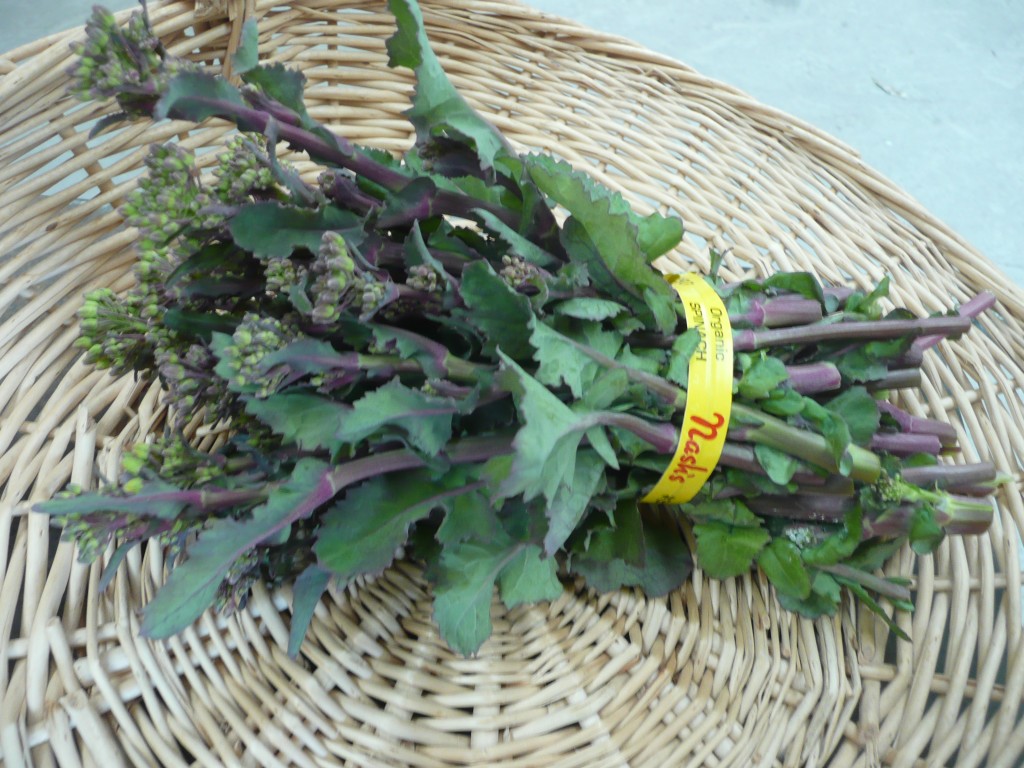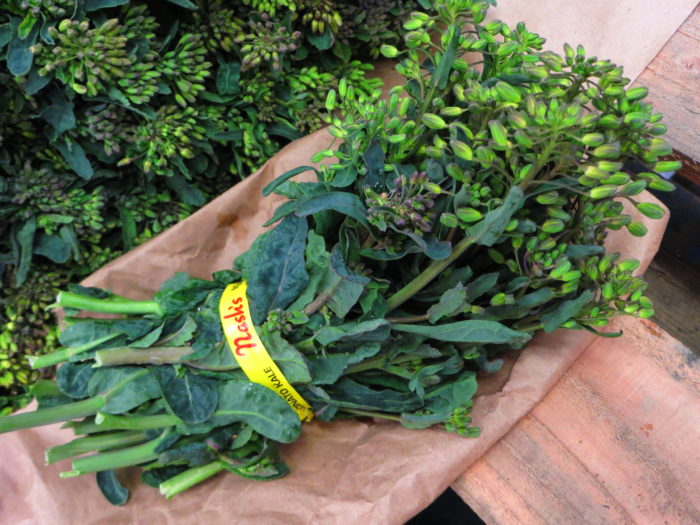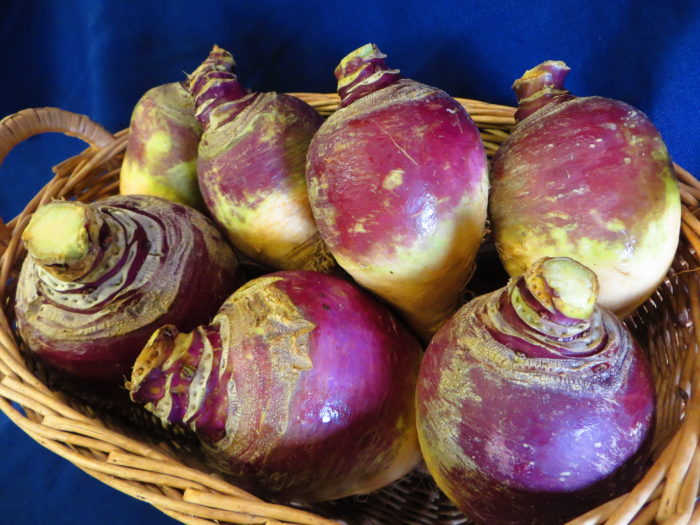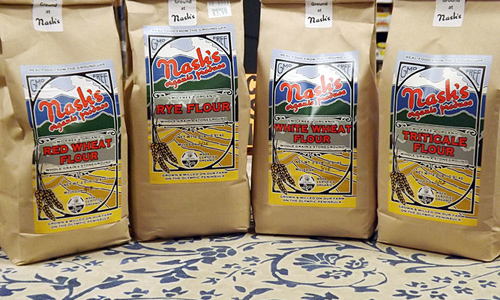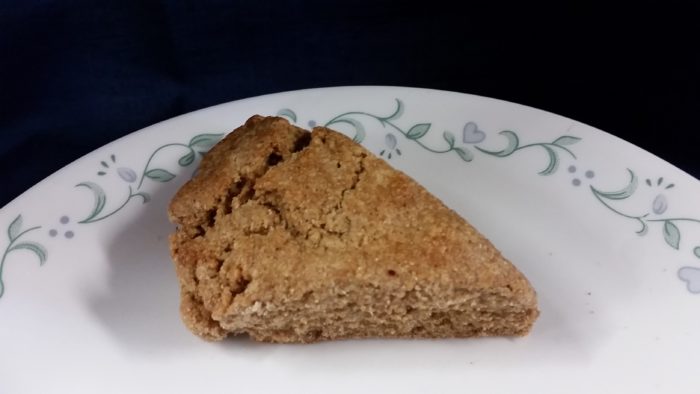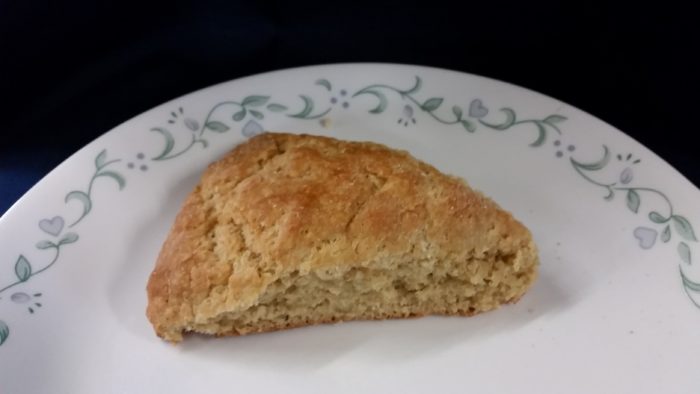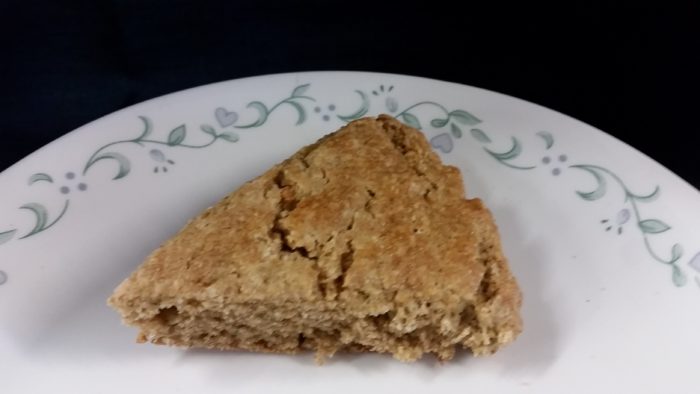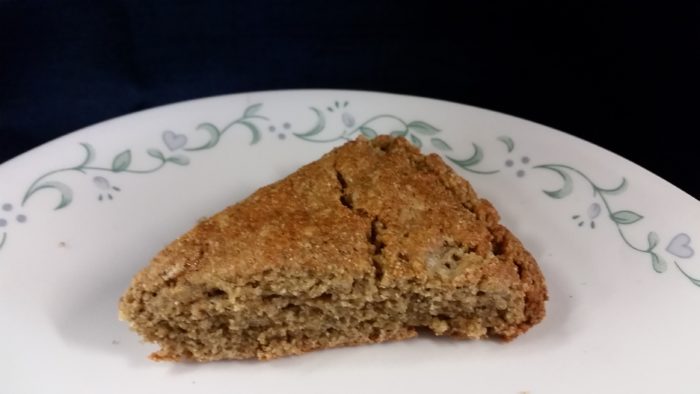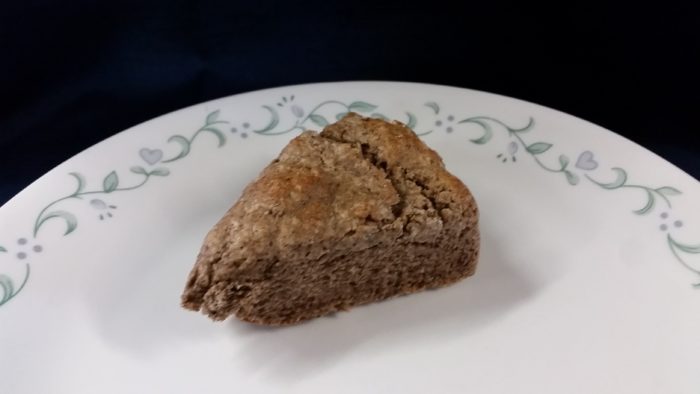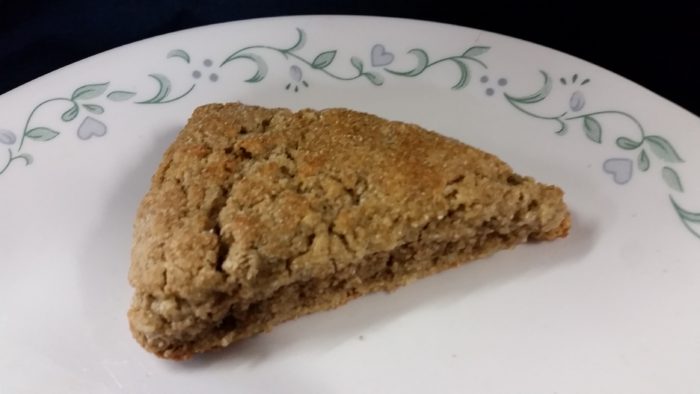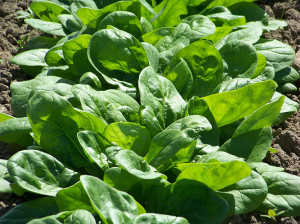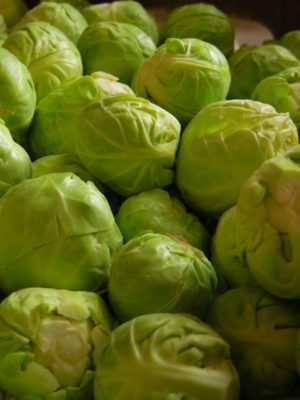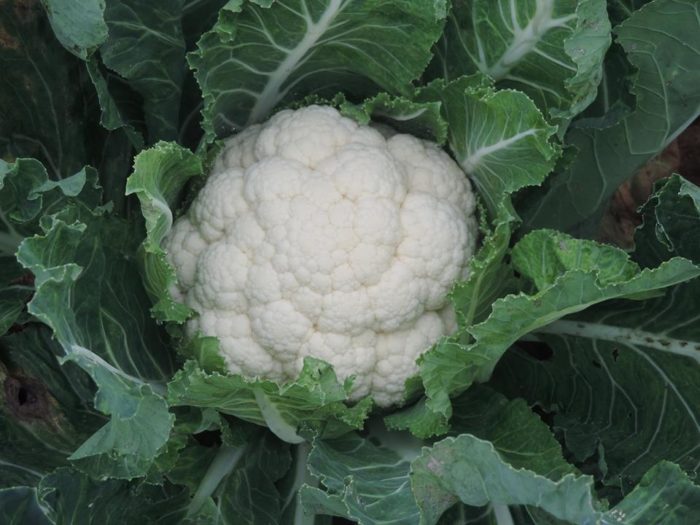 8 cups 1-inch-thick slices cauliflower florets (about 1 large head)
8 cups 1-inch-thick slices cauliflower florets (about 1 large head)
2 Tbsp. extra-virgin olive oil
1 tsp. dried marjoram
1/4 tsp. salt
Freshly ground pepper to taste
2 Tbsp. balsamic vinegar
1/2 cup finely shredded Parmesan cheese
Preheat oven to 450°F.
To prepare florets from a whole head of cauliflower, remove outer leaves. Slice off the thick stem. With the head upside down and holding a knife at a 45° angle, slice into the smaller stems with a circular motion—removing a “plug” from the center of the head. Break or cut florets until you have 8 cups.
Toss cauliflower, oil, marjoram, salt and pepper in a large bowl. Spread on a large rimmed baking sheet and roast until starting to soften and brown on the bottom, 15 to 20 minutes. Toss the cauliflower with vinegar and sprinkle with cheese. Return to the oven and roast until the cheese is melted and any moisture has evaporated, 5 to 10 minutes more.
We thank eatingwell.com for this recipe.
Have you tried this recipe? Tell us how it turned out!

 3 cups Nash’s cornmeal
3 cups Nash’s cornmeal